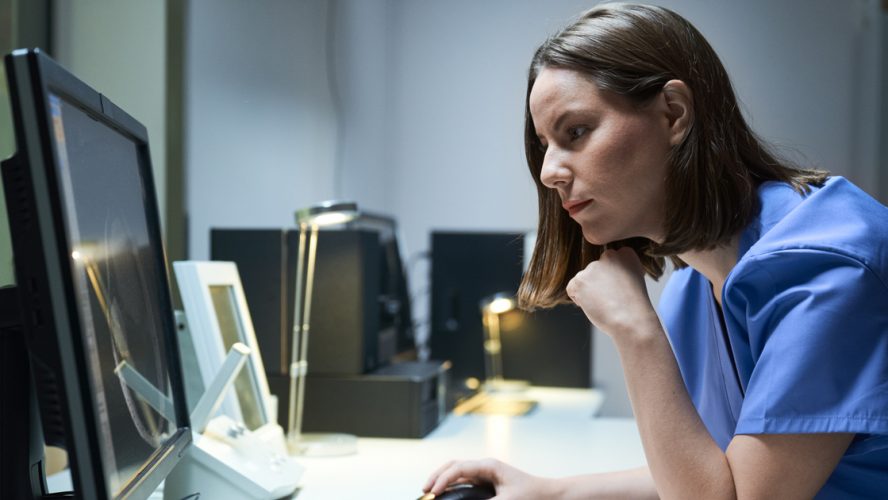
Dr Jane Phillips-Hughes
President, British Institute of Radiology
Since Roentgen’s discovery of X-rays in 1895, medical imaging has evolved to an extraordinary degree. Imaging is now central to the diagnosis of almost every medical condition that affects us throughout life, from diagnosing conditions of a foetus in utero, through to the multiple co-morbidities that affect us in later life.
It would have been difficult to predict the pace and scale of this development back in 1895. The pioneers of radiology early in the 20th century, who would ‘dark adapt’ their eyes prior to performing early fluoroscopic studies, would be amazed to see the new technologies that are already in use and on display at imaging conferences these days. Wearable devices such as portable Magnetoencephalography (MEG) brain scanners and wearable MRI gloves are now available, and no doubt there are more incredible new imaging devices in the pipeline.
The potential for prediction and personalised medicine
Medical imaging now provides more than just a demonstration of anatomy and pathology. Using molecular and hybrid imaging, functional physiological and pharmacological information is available at molecular and cellular level.
This data can be combined with genomic data to provide truly personalised medicine. Furthermore, the extraction of distinctive features of diseases from large data sets of medical images using data-characterisation algorithms is now underway. This process, referred to as radiomics, has the potential for predicting prognosis and therapeutic response for various conditions.
It is a credit to mankind’s innate curiosity, thirst for knowledge and desire to keep moving forwards that research has brought us so far.
There’s no need to fear artificial intelligence
However, those early pioneers might well initially be alarmed to hear about the latest and inescapable topic of artificial intelligence (AI), which features strongly in this publication – and in every imaging publication and conference these days. Indeed, many contemporary radiologists, radiographers and medical physicists have been alarmed about possible detrimental side-effects of the inexorable evolution of AI and machine learning. One of the main concerns is that those outside of our industry might mistakenly assume that these technologies replace us, and that this is the answer to the growing problem of workforce shortages in an era where workload is growing exponentially.
AI is our assistant
In fact, the overall consensus among imaging and AI experts throughout the world now is that, when established, AI will assist us, not replace us. It will play a role in improving service delivery via worklist management, triaging and prioritisation of cases, in theory allowing radiologists to devote time to other important clinical tasks. However, even this will take time, there will be teething problems and the role out of new technologies on a global scale will not be equal.
There is still a lot of work to do – and there certainly remains a need to recruit many talented new individuals into our services.


